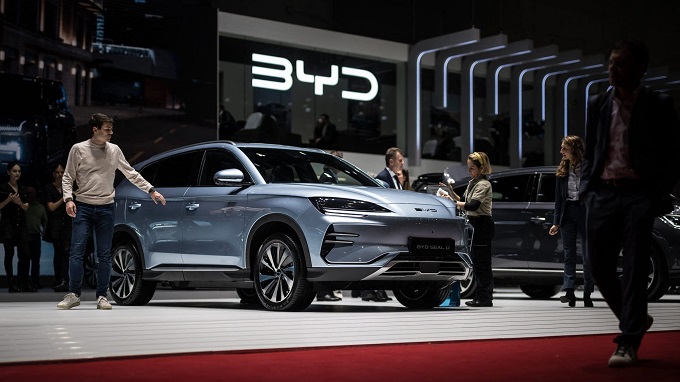
Is the global auto business experiencing its most dramatic disruption since the Model T? Western automakers pioneered the way for generations, but now China’s electric vehicle (EV) giant is rewriting the scriptin doing so, even Detroit’s boardroom is ringing warning bells. Ford CEO Jim Farley recently described Chinese EV growth as “the most humbling thing I have ever seen,” arguing their price, quality, and technology are poised to put America’s automotive industry out of business.
While trade tensions and tariffs have prevented the vast majority of Chinese EVs from finding their way onto American roads, the scale and speed of their ascent are impossible to ignore. Ranging from radical cost efficiencies to a relentless focus on digital innovation, Chinese manufacturers are redefining what’s possible in the EV market. Here are nine key ways China’s electric cars are leaving their US and EU counterparts behindand what that means for the sector’s future.
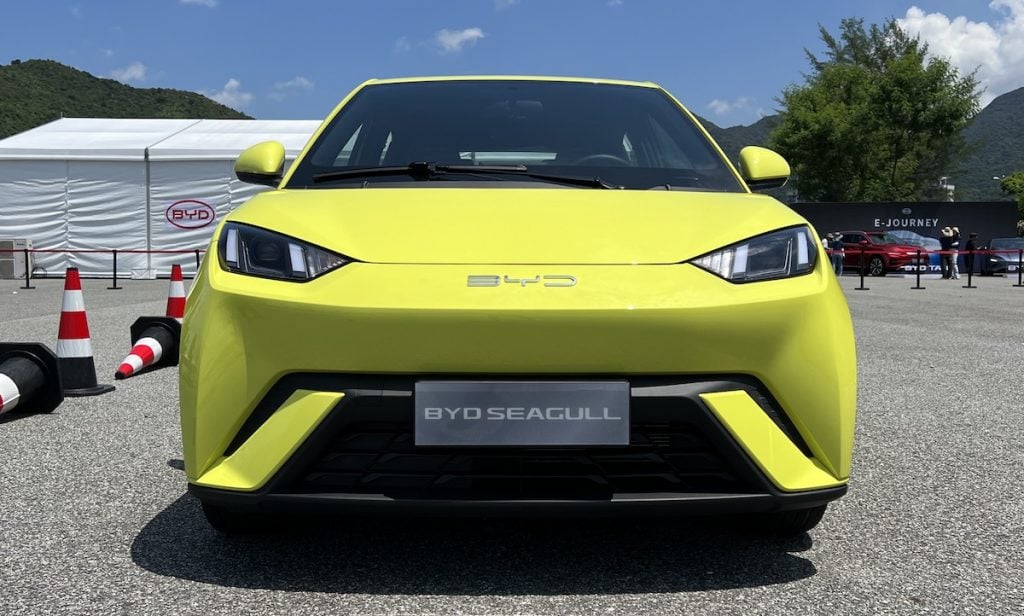
1. Price and Variety: The $10,000 EV and a Model for Every Driver
Chinese automakers have achieved what many Western makers are not yet able to do: a large variety of low-cost, high-quality EVs. The average electric car in China is around $31,500, while in the US it is $57,000, with cars like the BYD Seagull selling for under $10,000. Nearly half of China’s sales of new cars last year were electric, dwarfing the 10% that belonged to the US. As Rho Motion’s Will Roberts describes it, “China has an immensely broad range of EVs to cover the needs of the whole market, whereas the production of EVs for many of the market leaders in the US is at a relatively embryonic stage.”
Competition is ferocious at home, and Chinese brands must innovate and cut costs. BYD, the world leader today in EV production, can produce cars 25% lower in price than its Western rivals. Continuous pressure on pricing, combined with government subsidies and an integrated supply chain has made China the world’s biggest EV market and exporter.

2. Battery Innovation: LFP Chemistry and Next-Gen Breakthroughs
China’s dominance in battery technology is the backbone of its EV prowess. Chinese firms like CATL and BYD produce nearly three-quarters of the planet’s lithium-ion batteries, with a particular speciality in lithium iron phosphate (LFP) chemistry. LFP batteries, once regarded as old-fashioned, now represent about 40% of the world’s EV market because of Chinese-led innovation. They weigh less, last longer, and are safer than tried-and-tested nickel-cobalt designs.
Chinese battery manufacturers are also innovating with solid-state and high-density chemistries. CATL’s new Shenxing Plus LFP battery boasts a range of 1,000 km on a single charge, while emerging players like Tailan New Energy are already producing prototypes with energy densities theoretically adequate for 2,000 km (1,300 miles) on a single charge. US and European automakers, meanwhile, are licensing Chinese battery technology as they scramble to catch up.
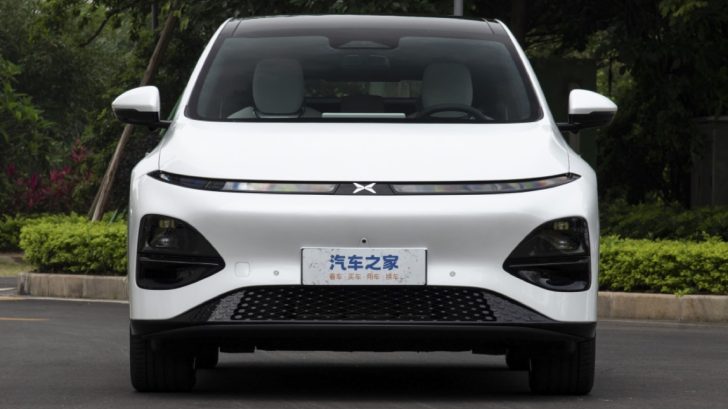
3. Digital Ecosystem: Software, AI, and the ‘Digital Bling’ Revolution
Chinese EVs are now more than just hardwarethey’re changing in-car life. Nio, Xpeng, and Xiaomi all feature cutting-edge features such as autonomous driving, voice command, and pain-free smartphone mirroring as standard. As Ford’s Farley put it, “You get in, you don’t have to pair your phone. Automatically, your whole digital life is mirrored in the car.”
This digital-first strategy is based in China’s tech ecosystem. The SU7 sedan from Xiaomi, for instance, capitalizes on the firm’s consumer electronics prowess to provide a one-of-a-kind integrated software experience. Xpeng’s next-generation XOS 5.1.0 targets complete Level 4 autonomy by 2025. The outcome: Chinese EVs tend to be closer to smartphones on wheels, filled with several high-resolution screens, karaoke microphones, and AI assistantsfunctions Western brands are just starting to catch up to.

4. Speed and Quantity of Production: Virtual Models to Robot Assembly
Chinese EV producers have flipped the traditional car development process on its head. Whereas conventional car makers refresh models every four years, Chinese producers have just 1.3 years on average between overhauls. Nio and BYD, to give two examples, rely largely on digital simulation, modelling, and quick prototypingallowing them to respond to market trends quicker than ever before.
In the factory, Chinese automakers have more robots on the production line than the entire world combined, and Nio’s motor plant requires only 30 engineers to produce 300,000 units annually. With this mix of automation and concentrated supplier network, China can launch new models faster and at a lower cost than Western rivals.

5. Policy, Size, and Global Reach: The State’s Heavy Hand and the Surge in Exports
China’s EV boom is not just a market story’s the product of a national strategy. As of 2009, the government poured more than $230 billion of subsidies, tax credits, and infrastructure spending into the sector. Audacious goals, domestic content mandates, and state procurement all played their part in driving home-grown champions.
The dividend: China now makes and sells over 60% of the globe’s EVs and its automakers are exporting cars at record levels to foreign countries. BYD exported nearly a quarter million NEVs in 2023 alone, for instance, to Europe and Latin America. As tariffs and protectionism rise in the US and EU, Chinese automakers are seeking increasingly new marketssometimes by buying up old Western companies or building factories abroad.
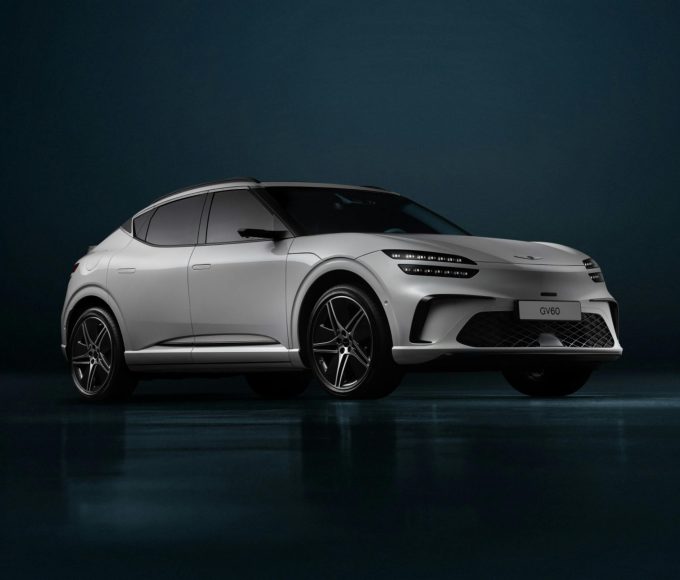
6. Supply Chain Mastery: Raw Materials to Rare Earths
Another significant pillar of China’s EV dominance is its mastery of the global supply chain. China refines over 70% of the world’s cobalt and graphite, 67% of lithium, and 95% of manganeseall essential battery-making inputs. Chinese companies similarly control a massive chain of mines and processing facilities across the world, ensuring a steady supply of raw materials.
This vertical integration allows Chinese automakers to weather price shocks, experiment with new chemistries, and undercut international rivals. Western efforts at building parallel supply chains are underway, but China’s head start is insurmountable.
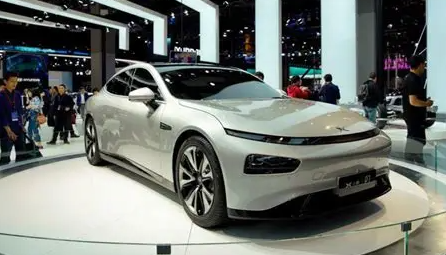
7. Customer-Centric Innovation: Tailoring Products and Services for Local Markets
Chinese EV manufacturers excel at listening and responding to customers’ requirements. BYD and Geely, for example, invented battery technologies initially on electric taxis and buses and later in consumer cars. They have introduced battery-swap subscriptions, worked with taxi operators to co-create charging plans, and improve rapidly based on customers’ reviews.
This flexibility is even extended to branding: Chinese firms acquired European brands like MG in order to make inroads in global markets, drawing on local heritage and presenting Chinese-designed innovation. The outcome is a model range that caters to diverse consumers, ranging from affordable city cars to premium SUVs.
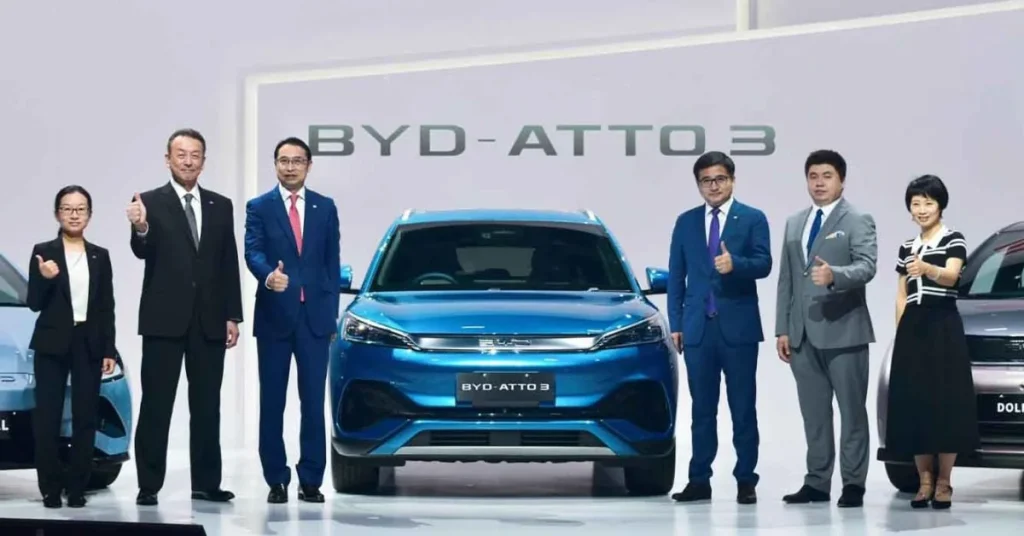
8. R&D and Patent Leadership: From Copycat to Innovator
The old Chinese cliche of being a follower in science is even more obsolete. Chinese institutions now hold 65% of high-impact scientific papers on electric batteries, and the country’s share of world patents on electric propulsion has soared from 2.4% in 2010 to 26.9% in 2020.
Companies like BYD, Nio, and XPeng invest heavily in R&D, traditionally more intensely and profoundly than in the West. BYD alone employs over 100,000 R&D personnel and holds nearly 30,000 patents worldwide. Such an innovation factory is now attracting investment and technology partnerships with global leaders like Volkswagen and Hyundai.
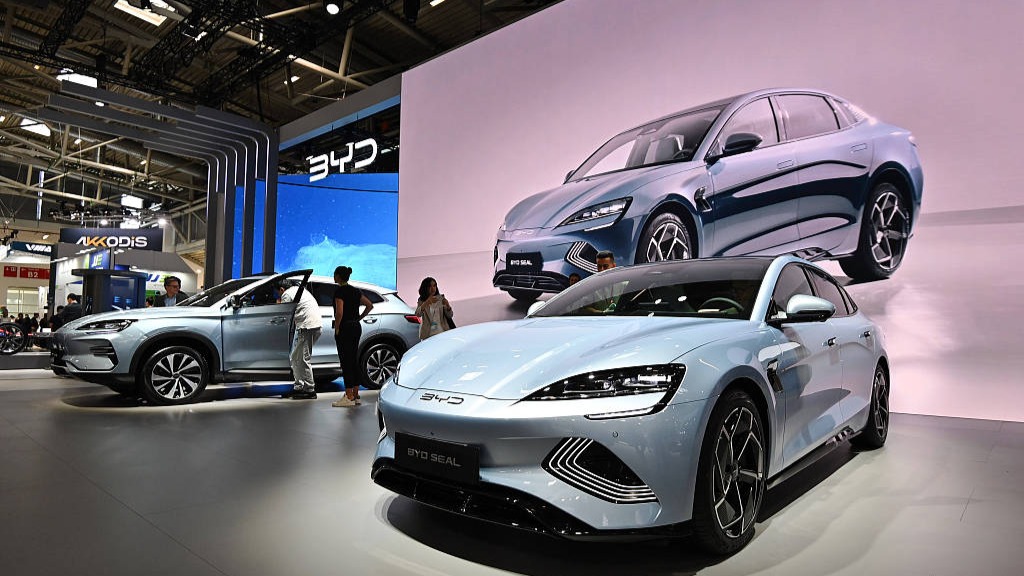
9. The Security Debate: Digital Risks and Global Integration
As Chinese EVs gain traction in overseas markets, worries about cybersecurity intrusions and data privacy have accompanied them. Increasingly, new vehicles are becoming more and more integrated with the internet and thus fears of hackers or outside controlespecially due to China’s regulations requiring companies to share information with government security authorities.
Though Beijing disputes allegations of spying, Western governments are imposing increased scrutiny and, in some cases, keeping Chinese-made vehicles out of sensitive areas. But as industry experts point out, most automobilesregardless of brandalready contain Chinese components. The question for regulators will be balancing security issues with the reality of a highly integrated world supply chain.
China’s electric vehicle industry is no longer either a story of size or cheapnessit’s a drama of rapid innovation, digitalization, and strategic thinking. For auto analysts, investors, and fans around the world, the message is clear: the future of mobility is being written as much in Shenzhen and Shanghai as in Detroit or Stuttgart. Whether or not Western automakers can make the transition to this new reality will determine the next phase of global competitionand maybe, the very future of the industry itself.

